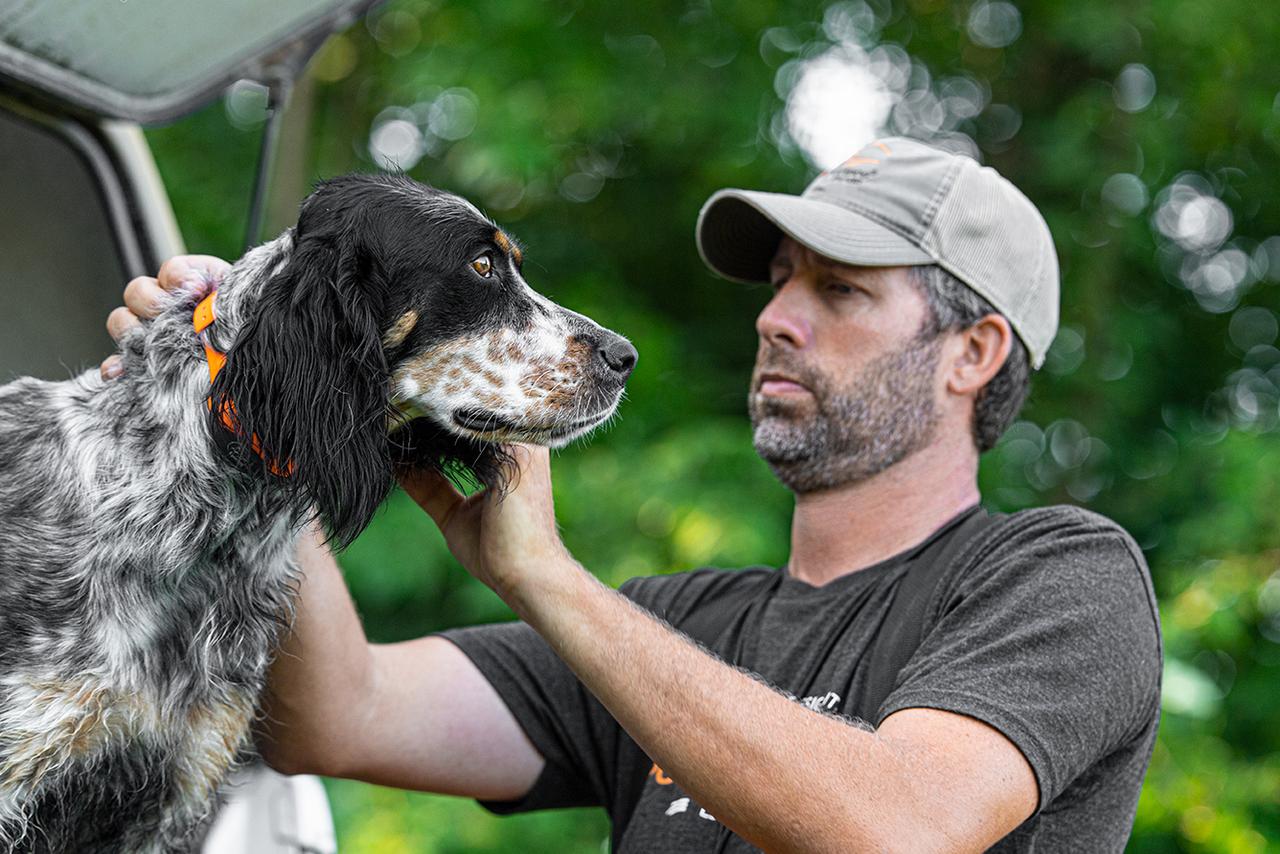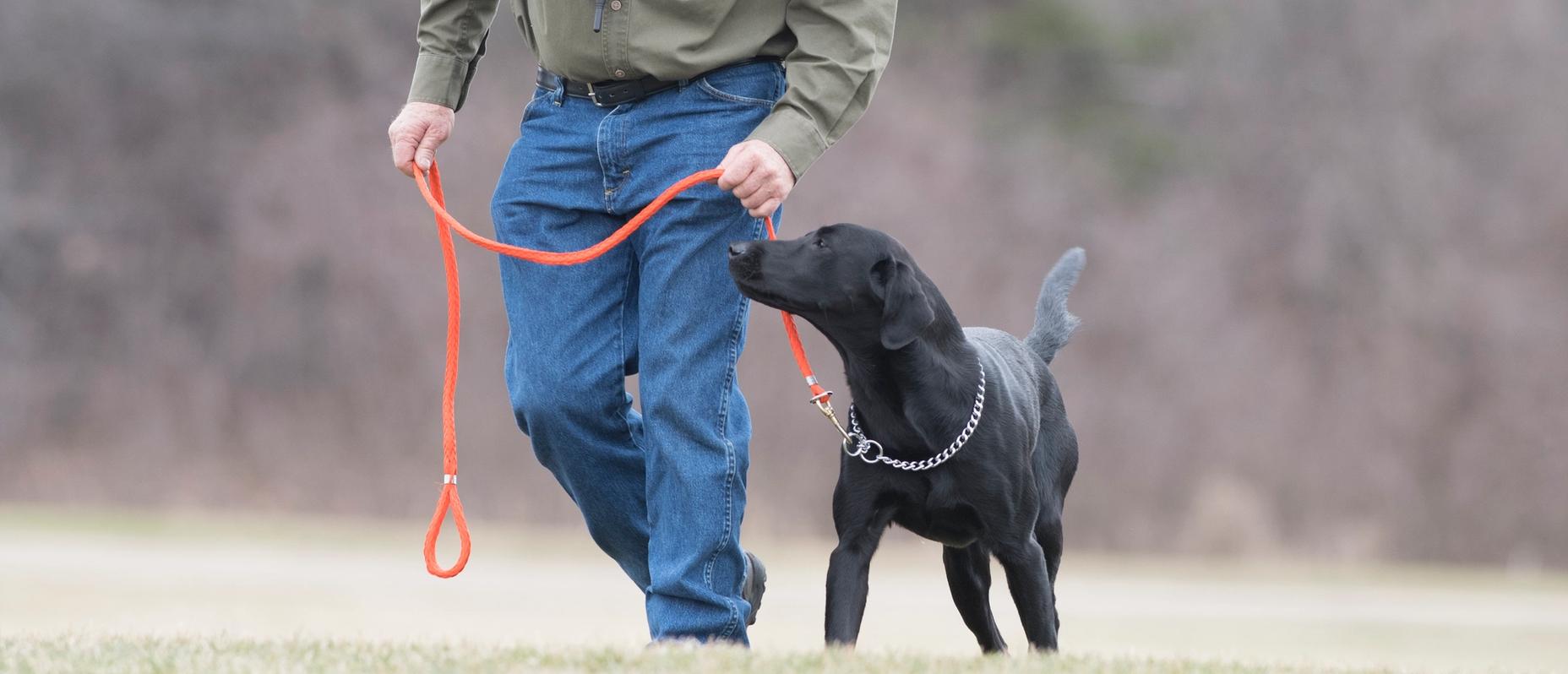
TEACH: 5 Proven Principles for Smarter, More Effective E-Collar Dog Training
Posted by The SportDOG StaffIf you’ve read our E-Collar Training 101 post, you already know we believe in doing things the right way. That means having a plan, using the right tools, and building a strong foundation with your dog.
That’s where TEACH comes in.
It’s a set of five principles that guide how we use e-collars in training. These aren’t shortcuts or gimmicks. They’re time-tested fundamentals that help you and your dog stay on the same page, no matter what you're working on.
Let’s break it down.
T – Teach Manually First
Start simple. Every command should be taught first with a leash and hands-on training. Whether it’s sit, here, heel, or whoa, your dog needs to understand what each of those means before the e-collar ever enters the picture.
The collar isn’t there to teach the command. It’s there to reinforce it. If your dog hasn’t learned it on leash, they won’t magically get it with stimulation.
E – Effective, Not Excessive
More isn’t better. The right level of stimulation is the lowest one that gets a consistent response. Some dogs work at barely-there levels; others may need a touch more. But either way, the goal is to get a "Hey, I felt that," not a panic response.
The goal is a light tap that says, “Pay attention,” not something that causes stress.
A – Association Through Timing
Pressure needs to mean something. For that to happen, timing matters.
Start stimulation when you give the command. Stop it the moment your dog does the right thing. That clear start-and-stop creates a connection in your dog’s mind between the action and the response.
It’s confusing for your dog if the pressure comes too early or too late. When the timing is right, the message is clear.
C – Clarity Builds Confidence
Dogs don’t need guesswork. They need consistency.
Use the same commands. Keep your tone calm. Stick to the same expectations every time. That builds trust and confidence, which leads to a dog that wants to work with you—not just avoid mistakes.
A confused dog hesitates. A confident dog listens and responds.
H – Hone with Repetition
Training doesn’t end after a few good sessions. Reliability comes from putting in the reps.
That means working in new places, adding distractions, and repeating commands until the response becomes automatic. Each session sharpens the behavior a little more.
Stay patient. Keep showing up. It pays off in the long run.
Final Thought
TEACH isn’t just a method. It’s a mindset. It keeps training fair, clear, and consistent, so your dog always knows what’s expected and how to succeed. The e-collar becomes a tool for trust, not tension.
When you train with clarity and purpose, you don’t just build obedience.
You build a partnership that’s ready for anything.

The SportDOG Staff
Related Products
YardTrainer 300
FieldTrainer® 425X
SportHunter® 825X
SportTrainer® 875 - Orange
Related Articles





